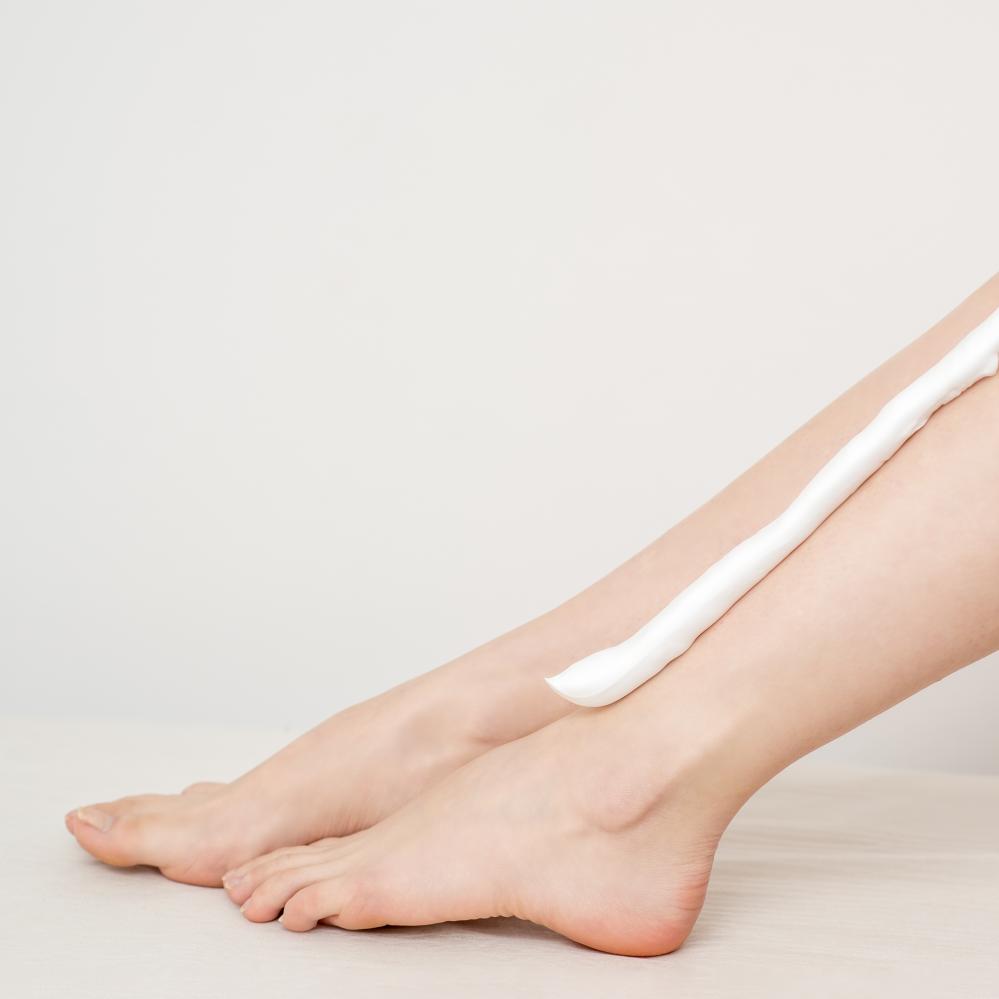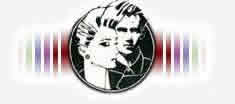Why Numbing Cream for Electrolysis Matters
As someone who has spent over 20 years in the medical aesthetic industry, I’ve seen firsthand the impact that effective anesthetics can have on patient comfort. The process of electrolysis, while a popular method for permanent hair removal, can be associated with discomfort. Here, Numbing Cream for Electrolysis plays a pivotal role. By effectively reducing the sensation of pain, it ensures a more pleasant experience for clients and can make multiple sessions more tolerable.
Using a high-quality numbing cream can also help build trust with your clients, reassuring them of their comfort and safety during the procedure. At Medical Aesthetic Supply, located in St. Louis, MO, USA, we are dedicated to providing reliable and effective products that meet these needs. Our selection includes various lidocaine concentrations to cater to the diverse requirements of different skin types and sensitivities.
Choosing the Right Numbing Cream for Electrolysis
Selecting the appropriate product is crucial for maximizing both safety and efficacy. The choices range from creams like the LeedFrost 10.56% Lidocaine Cream to versatile solutions like Progelcaine 9.6% Lidocaine Gel. Each has its distinct strengths and is suitable for varying levels of sensitivity. The primary consideration should be the duration and depth of numbing required for the procedure.
For professionals, the options extend to products like TKTX Gold and TKTX Green, which offer higher lidocaine percentages, catering to clients with lower pain tolerance. However, using such potent formulas necessitates careful adherence to application guidelines to avoid any adverse reactions.
When deciding, consider both the client’s skin type and their past experiences with anesthetics. It’s also good practice to conduct a patch test to ensure there’s no allergy to the active ingredient, such as lidocaine.
- LeedFrost 10.56% for robust numbing needs
- Progelcaine 9.6% for moderate procedures
- TKTX variations for highly sensitive clients
Application Tips for Optimal Results
Ensuring the effectiveness of Numbing Cream for Electrolysis involves precise application techniques. Here’s a step-by-step guide to achieve the best results:
- Clean the Area: Thoroughly cleanse the skin to remove any debris or oils that might impede the cream’s absorption.
- Apply Generously: Use the cream liberally over the target area, ensuring complete coverage.
- Cover and Seal: To enhance effectiveness, cover the area with a plastic wrap, creating a warming effect that helps the numbing agents penetrate the skin more deeply.
- Wait Sufficient Time: Allow the cream to sit for the recommended duration, usually around 30-60 minutes, before removing the wrap and cleaning the skin again.
Following these steps diligently can significantly maximize the efficacy of the numbing process, setting the stage for a smoother electrolysis session.
What is the Best Numbing Cream for Electrolysis?
Many professionals and clients alike inquire about the best options available for numbing creams specifically tailored to electrolysis. While the answer can depend on individual needs, a consensus often points to products like LeedFrost and Progelcaine. These creams are known for their balanced formulation and depth of numbing, making them a reliable choice for effective pain management during hair removal procedures.
Feedback from both physicians and clients, paired with extensive usage data, supports these products as industry-leading solutions. However, it is vital to understand that the best choice always depends on specific client needs and professional judgment.
Troubleshooting Common Issues with Numbing Cream for Electrolysis
Despite best practices, there are occasional hurdles one might face when using these creams. Common issues include inconsistent numbness or potential allergic reactions. Addressing these effectively requires a dose of experience and understanding of the product and the procedure.
If numbness isn’t as expected, reassess your application process. Was the skin adequately cleansed? Was there ample time for the cream to take effect? These factors are critical. For allergies, always conduct a patch test prior to full application, mitigating risks of adverse reactions, which are rare but possible.
Continued education and awareness about the latest advancements in numbing technology can also play a significant role in overcoming these challenges. Staying informed ensures you are well-equipped to deliver the best care to your clients.

Why is numbing cream essential for electrolysis procedures?
Numbing cream is a crucial aspect of electrolysis because it significantly enhances the client’s comfort during the procedure. Having worked in the medical aesthetic field for over 20 years, I’ve observed that minimizing discomfort not only improves the patient experience but also fosters trust and repeat engagement. It’s analogous to getting a dental procedure with or without anesthesia–most people prefer not to feel any pain! For electrolysis, particularly those with sensitive skin or a low pain threshold, using a numbing cream like the ones we offer at Medical Aesthetic Supply can make the difference between a tolerable and unbearable procedure. This comfort not only benefits the physical sensation but also the emotional wellbeing, ensuring the client feels safe and cared for. How does comfort play a role in your decisions about aesthetic treatments?
How do I choose the right numbing cream for my skin type and sensitivity?
Selecting the appropriate numbing cream involves understanding both your own skin’s needs and the demands of the procedure. If you’re someone who experiences significant discomfort during hair removal, a stronger concentration like LeedFrost 10.56% Lidocaine Cream might be ideal. However, if you’ve found in the past that lighter anesthetics suffice, Progelcaine 9.6% Lidocaine Gel could very well be enough. The key is to balance effectiveness with safety, as overuse of potent formulations can lead to adverse reactions. At Medical Aesthetic Supply, we recommend conducting a patch test first–this small step can prevent a lot of discomfort. What has your past experience been with numbing products, and how might that influence your next choice?
What is the best technique for applying numbing cream before electrolysis?
Maximizing the effectiveness of a numbing cream is all about technique. Much like preparing a canvas before painting, the skin must be properly prepped. First, cleanse the area thoroughly–this step ensures there are no barriers between the cream and your skin, allowing optimal absorption. Apply the cream generously, and then cover it with plastic wrap. This creates a warming effect, enhancing the skin’s ability to absorb the cream. Allow it to sit for the suggested 30 to 60 minutes, and then remove it just before the procedure. Practicing this routine can significantly enhance your comfort during electrolysis. Have you tried this method, and did you notice a difference in pain management?
What are considered the best numbing creams available for electrolysis?
In the world of numbing creams, LeedFrost and Progelcaine often come up as top performers, particularly in the context of electrolysis. These creams are favored for their balanced formulation and reliable numbing depth, making them suitable for a wide range of sensitivities. At Medical Aesthetic Supply, we’ve received extensive positive feedback from both clients and physicians who appreciate how these products enhance the electrolysis experience. Yet, it’s crucial to tailor the choice to your personal needs–what works for one person might not work as well for another. What do you prioritize when selecting products for your aesthetic needs?
What common issues do people face with numbing creams for electrolysis, and how can they be resolved?
It’s not uncommon to encounter issues like inconsistent numbness or rare allergic reactions with numbing creams. Often, the key to resolving such problems lies in the application process. For instance, if the numbness isn’t as profound as expected, revisiting the application steps–like confirming the area was clean and the cream had enough time to activate–can be helpful. Allergies, though rare, underline the importance of a preliminary patch test. At Medical Aesthetic Supply, we emphasize the value of staying informed about product advancements to preemptively tackle such challenges. What measures have you taken in the past to ensure safe and effective use of numbing products?
Are there any safety concerns associated with using numbing cream for electrolysis?
Safety is indeed a concern many people share regarding numbing creams. While generally safe, especially when guidelines are followed, over-application or using creams with high lidocaine concentrations without proper supervision can lead to side effects like skin irritation. At Medical Aesthetic Supply, we always recommend following the instructions precisely and consulting with a professional if unsure. For anyone new to using these products, it’s wise to start with a milder option and gradually adjust based on your experience. Have you encountered any issues with numbing creams before, and how did you address them?
What do professionals recommend as the most effective way to integrate numbing cream into electrolysis routines?
Professionals often suggest integrating numbing cream into electrolysis routines by treating it as an essential preparatory step. Just as an athlete stretches before a workout, applying numbing cream is the preparatory phase of a smooth electrolysis session. For instance, a friend who runs a clinic in NYC advises always to schedule an initial consultation to discuss numbing needs with clients. This approach not only customizes the comfort level but also builds trust. At Medical Aesthetic Supply, we advocate for a personalized application protocol that adapts to each individual’s pain threshold and skin sensitivity. In your opinion, how important is it to customize treatment plans for each client?
Resources
- Healthline – Healthline is a trusted source for health information, providing articles written by healthcare professionals and reviewed by medical experts.
- Mayo Clinic – Mayo Clinic offers reliable health information, including articles on various medical conditions and treatments, authored by healthcare professionals.
- Centers for Disease Control and Prevention (CDC) – The CDC is a leading national public health institute in the United States, offering information on health, diseases, and prevention guidelines.
- MedlinePlus – MedlinePlus is a service of the National Library of Medicine, providing trustworthy information on drugs, supplements, and medical treatments.


